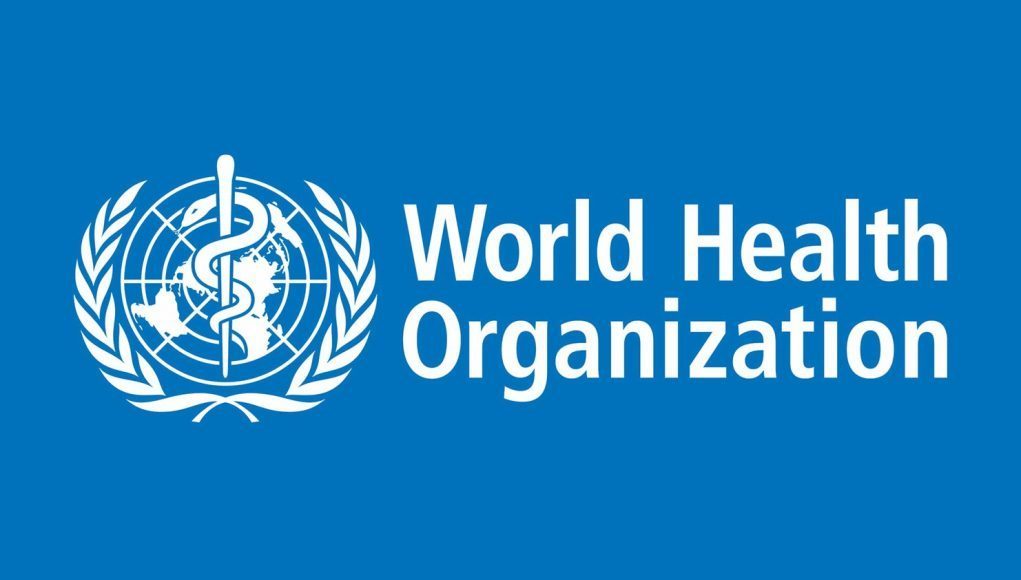
The World Health Organization (WHO) approved a major change to its global manual of diagnoses on May 25, 2019, that will greatly benefit transgender people around the world, Human Rights Watch said today. The World Health Assembly, the WHO governing body that represents 194 member states, voted for new diagnostic guidelines that no longer describe gender nonconformity as a “mental disorder.”
Historically, many medical systems, including those supported by the WHO, have categorized being transgender as a mental health condition. But an evolving scientific understanding of gender and tireless advocacy by transgender activists around the world were crucial in bringing about this development.
“The WHO’s removal of ‘gender identity disorder’ from its diagnostic manual will have a liberating effect on transgender people worldwide,” said Graeme Reid, lesbian, gay, bisexual, and transgender (LGBT) rights director at Human Rights Watch. “Governments should swiftly reform national medical systems and laws that require this now officially outdated diagnosis.”
Governments around the world have used the previous classification as the basis for discriminatory policies that require diagnosis and sometimes other medical procedures before transgender people can be recognize before the law. Governments often require a “gender disorder” diagnosis as a precondition for changing transgender people’s names and gender markers on official documents, imperiling basic rights like work, education, and travel.
Health providers around the world use two sets of guidelines to diagnose patients: the International Classification of Diseases (ICD), published by the WHO, and the Diagnostic and Statistical Manual (DSM), published by the American Psychiatric Association (APA).
The new WHO guidelines, the eleventh revised version of the ICD, known as “ICD-11,” reframe “gender identity disorders” as “gender incongruence,” and move it from being listed with “mental disorders” to a chapter on sexual health. It is an important development for transgender adolescents and adults, who may soon be able to seek medical care without being viewed as “mentally disordered.”

